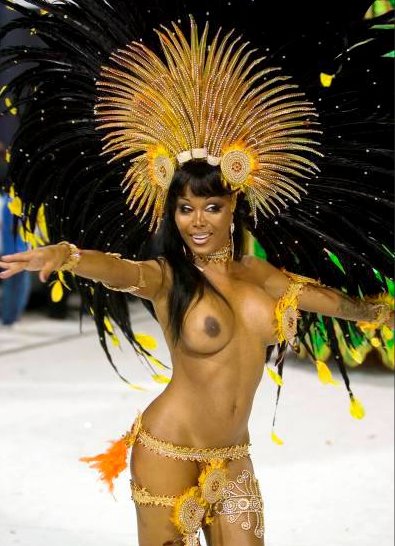 The letters in the photo above are not Chinese but they are carved in the floor at Oslo Airport Gardermoen showing the poem "Sledgehammer" by the Norwegian poet Olav H. Hauge.In Norvegian the text is:
The letters in the photo above are not Chinese but they are carved in the floor at Oslo Airport Gardermoen showing the poem "Sledgehammer" by the Norwegian poet Olav H. Hauge.In Norvegian the text is:Eg er berre ei sleggje. Eg stend der no. Eg lyt berre til når det røyner på.

Olav H. Hauge lived a reserved life as fruit farmer in western Norway. His poems revolve around nature and everyday life, they have been translated into many languages and continue to have a large influence.
Hauge's first poems were all in a traditional form. He later wrote modernist poetry and in particular concrete poetry. Hauge was inspired by the simplicity of Chinese poetry, and it is reflected in several of the poems. In the poem "to Li Po" he writes:
To be emperor of the Divine KingdomIn "One word" he writes:
No doubt appealed to you, Li Po
But didn’t you have the whole world, the wind and clouds
and happiness when you were drunk?
Greater still, Li Po, is
to master your own heart
One wordand in "The Cat" he writes:
- one stone
in a cold river
One more stone -
I must have more
if I`m to get across
The cat is sittingToday, February 28th his works will be published in Chinese, translated by Norwegian professor Harald Bøckman and Chinese contemporary poet Xi Chuan. Xi Chuan was born in 1963 in Xuzhou, Jiangsu province, and is now resident in Beijing. He was a frequent contributor to unofficial poetry journals in Beijing, Shanghai, and Sichuan during the 1980s and 1990s, and lent a hand in editing Tendency倾向.
out front
when you come.
Talk a bit with the cat.
He is the most sensitive one here.
















































